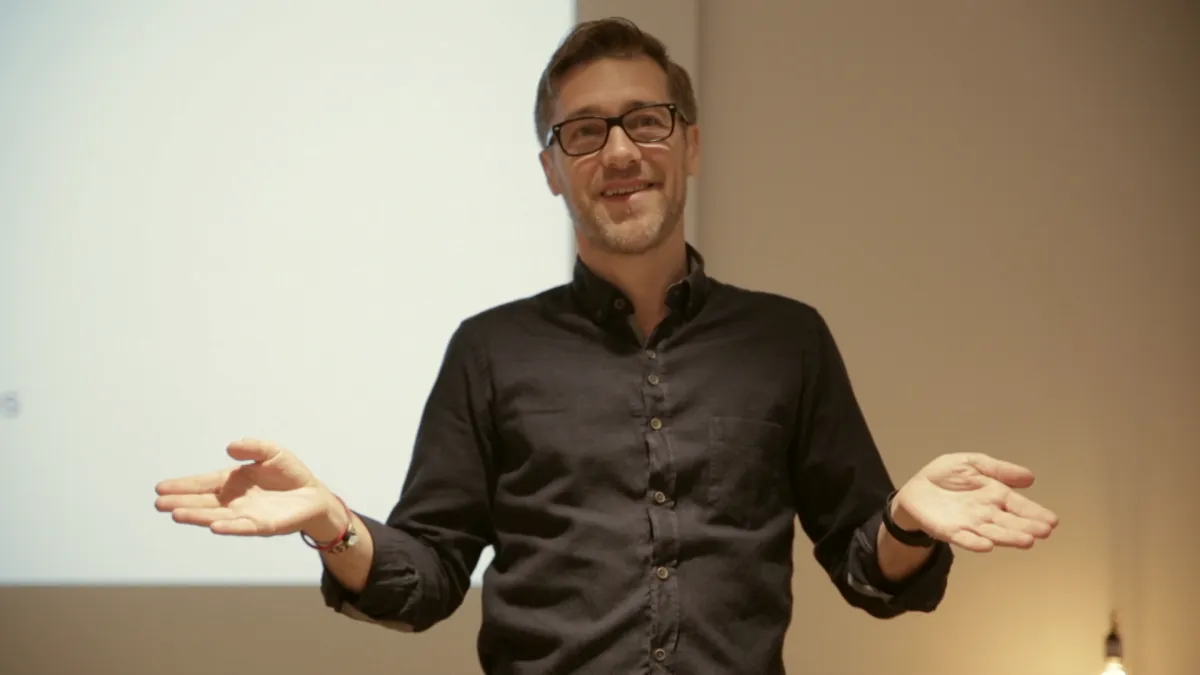
THE ACADEMY OF CONSUMER BEHAVIOUR
Confidently Ask the Right Questions and Uncover What Drives Your Customers
Practical tools and frameworks from the world of behavioural science and consumer psychology. Less effort, less risk.
100% Practical
9.4 Satisfaction score
Backed by science
27+ years' experience
2800+ Students
Have you...
ever spent hours debating customer decisions, second-guessing your product strategy, or feeling uncertain about what your audience really wants? You're not alone. Understanding customer behaviour can feel like solving a complicated puzzle,unless you have the right tools.
At The Academy of Consumer Behaviour, you'll get practical, easy-to-use frameworks drawn from behavioural science and consumer psychology, enabling you to unlock deeper insights without endless meetings or frustrating guesswork.
Who we help
Whether you're a marketer, product manager, researcher, designer, or entrepreneur, our courses transform confusion into clarity and give you a competitive edge.

Masterclasses
Bite size Consumer Psychology and Behavioural Design.
Gain practical skills that give you a competitive edge in your industry.
See how this highly desirable skillset can enhance your career and become a leader in your field.
MOST POPULAR STARTER
How to ask great questions
Discover how a simple method helps you:
- ask great question in job interviews
- master sales prospecting
- confidently lead user conversations
*even if you dread high stakes convos
The GRAMS Method™ is now used by 2000+ professionals and provides a clear, structured framework to ask powerful questions, build trust, and turn interviews into insightful conversations.

Consumer Psychology and Behaviour Design For Sustainability and Impact- *New Programme
Know their WHY, Design their HOW
Special Limited Edition Starts June 2025 - Now Complete!
Want to stand out as a behavioural expert, without the dull lectures? Join our popular live cohort sessions, designed specifically for professionals who love clear insights and practical skills. You'll quickly master powerful frameworks and proprietary techniques alongside likeminded peers, turning deep conversations into real-world results.
Check next dates and join waitlist
Empowering the team?
Our training and courses are designed to bring as much real-world application for everyone who wants to get a deeper understanding of how customers, users, staff, patients etc. make decisions and how we can help them achieve better behavioural outcomes.
These courses are designed to be fun, easy to grasp and immediately applicable.
Designed for:
CXO’s & Innovators
Marketers
Researchers & Designers
Product Managers and Owners
Founders, CEO’s and Executives
Learning and Development Professionals
Companies that use behavioural science outperform their peers by 85% - Gallup Analytics
Trusted by TEAMS AT

“The next big thing is not AI, it’s the understanding of people.”
Don Norman

Gary van Broekhoven
My career began with an unexpected twist: designing gambling machines, unknowingly for the French Mafia.
Hi, I'm Gary van Broekhoven, a consumer psychologist with over 25 years of hands-on experience and the creator of the popular GRAMS Method™.
I've transformed insights into actionable successes for global brands and leading consultancies. Known for my engaging approach and practical insights, I help brands become customer-centric, regardless of their level of "AI" integration.
As a sought-after trainer and university lecturer, my mission is to equip professionals and teams with unique tools to understand what motivates customers and deliver exceptional, human-centered experiences.
What clients and students say

Maria Victoria - Head of CX and Behavioural Psychologist
A passionate professional, Gary's “learning by doing” approach transforms any working session into a continuous learning experience for both coworkers and clients. His ability to apply real life examples to tackle different challenges, along with his extensive understanding of tools and processes, gives him the ability to effortlessly transform raw data into actionable insights and innovative solutions. An inspiring mentor to learn from and fantastic person to work with!

David - Head of Design
Gary is, without a doubt, one of the people I learned the most from in my entire design career. I worked with Gary for multiple years now in different capacities, not only leading together digital transformation and innovation-driven initiatives for global clients but also leading cross-functional, cross-location teams together.

Lillian - UX Designer
Gary is definitely one of the best professors I’ve had in my academic career. I feel like his passion and energy made the experience beyond enjoyable. Wish he’d have more classes. Gosh I can’t remember listening so actively to anyone that wasn’t an actor in Game of Thrones. He’s a star!

Maite - Design Strategy
Not only the content was very interesting and applicable, but the session itself had a super clear and engaging structure.
In fact, it is so applicable that I have already absorbed the content and used it in a Design Sprint session with the team.

Simon - Experience Lead
Gary's GRAMS framework- a structured and rapid way of running and decoding user interviews has become the de facto standard within our office

Olga - UX researcher
I would like to thank you for today's lecture. Not only was the theory very interesting and clearly presented, but the opportunity to try it out immediately with afterward's commentary was extremely beneficial! I could openly tell you that it was the most interesting lecture I've seen throughout the year.
“ It’s not what they drive that counts but what drives them.”
Gary van Broekhoven
Join 5000+ readers receiving tips, edu-bites and latest research in the world of Consumer Psychology
Copyrights 2025 | WhatDrivesThem™ | Terms & Conditions
